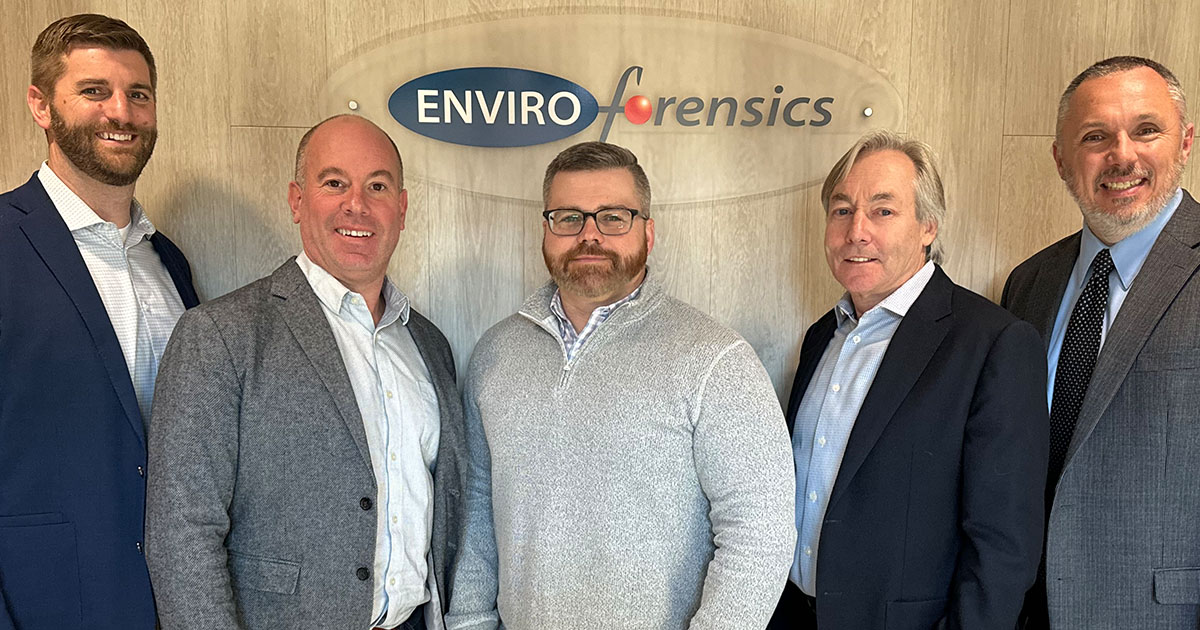A groundbreaking ruling in the environmental cleanup industry. The Ninth Circuit Court of Appeals recently issued a decision that effectively broadens the scope of protection of a policy holder by triggering an insurance company’s “duty to defend” more quickly for policy-holders living in the Ninth Circuit. In short, if the Environmental Protection Agency issues a request for information (a “104(e) letter”) regarding the release of a hazardous chemical, a property owner can go to his or her insurance companies and request that his or her insurer provide financial coverage for any legal defense needed during the regulatory process.
The facts in Ash Grove Cement Company v Liberty Mutual Insurance Company involved the EPA issuing a 104(e) letter to Ash Grove regarding contamination at the Portland Harbor Superfund Site, which is a 12-mile sediment cleanup project along the Willamette River in Portland, Oregon. Liberty Mutual denied coverage on the basis that their policy only covered “suits” and “property damage.” Luckily for Ash Grove, the circuit court found that a 104(e) letter or any other communication from the EPA that could result in a policy-holder being identified as a Potentially Responsible Party (PRP) order is considered a “suit,” under the theory that the information provided to the EPA by the insured could place them under some kind of liability. The court held that the imminent need for money to cover defense costs in court makes the letter the “functional equivalent” of a “suit.”
Moving forward, this decision is likely to have an impact in the way Superfund investigations and clean-ups are funded, particularly in the early stages. Insureds who may be Potentially Responsible Parties under CERCLA will be more inclined to come forward with information and historic records about their site, since it will be in their best interests, both environmentally and financially. They’ll also have more institutional control throughout the process, deciding costs of the investigation and cleanup with the EPA overseeing the project. The alternative is less forgiving to the insured: the EPA takes action, sends in its own crews to clean things up, and then files a lawsuit against the responsible party to recover the funds used on said cleanup. Although this decision only applies to the Ninth Circuit, it sets a strong legal precedent for courts in other circuits that have not yet decided this issue.



